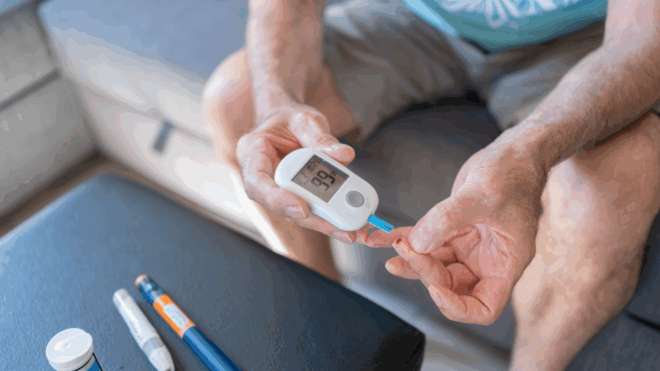Almost all women will experience cramping and discomfort at one time or another. Usually, we chalk it up to female trouble.
Many women don't realize that they may actually be experiencing pelvic inflammatory disease symptoms.
It's an understandable mistake. The female anatomy is prone to making trouble, and it can be especially turbulent during times of hormonal shift, like during adolescence or before menopause.
At one point or another, most of us will experience stomach-curling cramps, lower back pain, and even vomiting thanks the fickle uterus and its changing moods.
A lot of the time, being a woman means gritting your teeth and carrying on with your day, despite the pain.
Unfortunate, this grin-and-bear-it attitude means that lots of ladies don't get scary symptoms checked out in time.
That's why all women should know about pelvic inflammatory disease (PID), and learn to tell the difference between 'time of the month' aches and serious pelvic inflammatory disease symptoms.
Photo Credit: Wikimedia Commons
What Is Pelvic Inflammatory Disease?
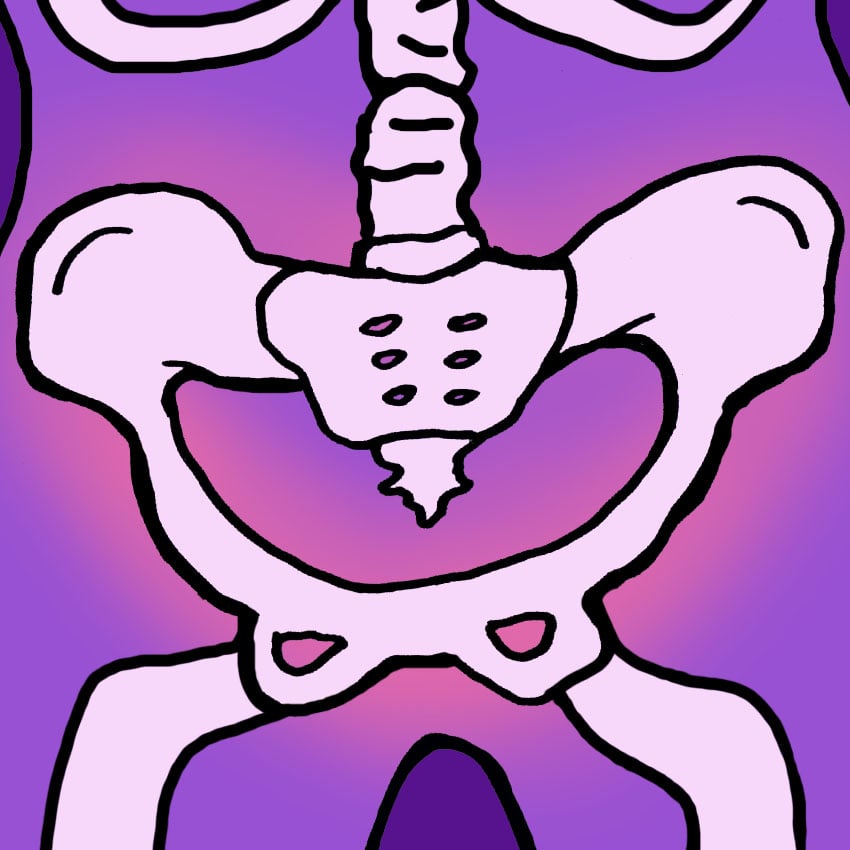
Pelvic inflammatory disease, often shortened to PID, is an incredibly common illness that impacts more than 200,000 people a year.
PID is a catchall name for any infection that spreads throughout the reproductive organs in the lower abdomen.
Typically, this infection will affect some combination of the uterus, ovaries, fallopian tubes, and cervix.
This infection requires medical attention, and can usually only be cured with a course of antibiotics.
Failing to seek treatment may lead to permanent side effects, like an inability to conceive.
What Causes Pelvic Inflammatory Disease?
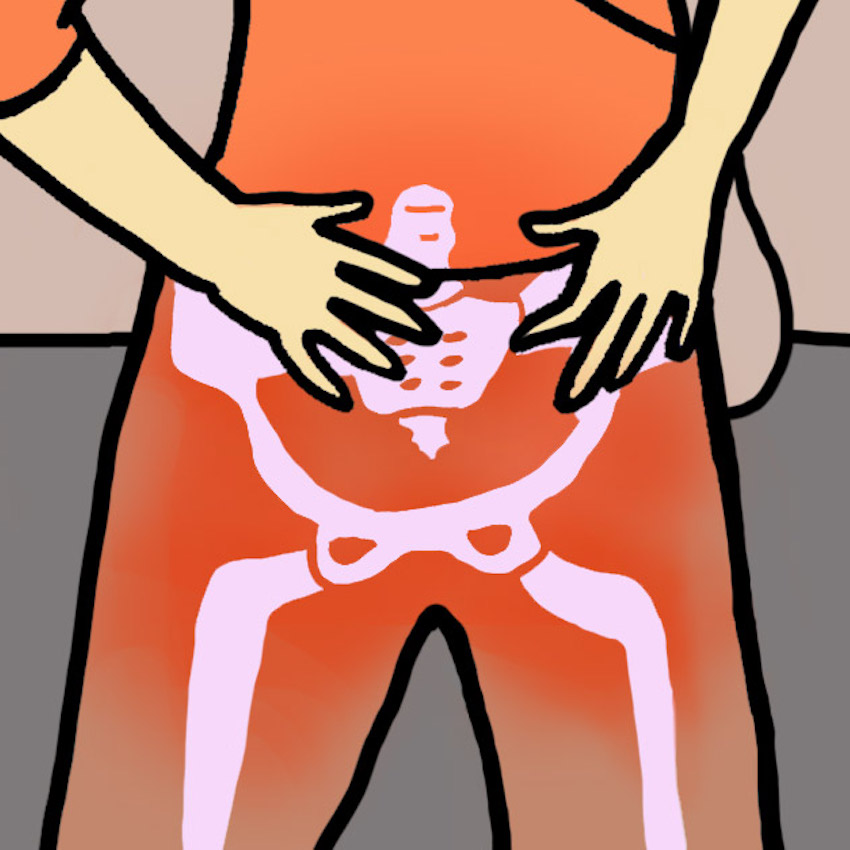
There are a lot of different causes for PID.
It's a common misconception that all cases of PID are triggered by a sexually transmitted infection like gonorrhea or chlamydia.
While STIs absolutely can trigger a case of PID, there are many other risk factors to keep in mind.
You can develop PID from a urinary tract infection, from having an IUD inserted, from childbirth, or from having a uterine biopsy. You can also contract PID from douching.
Essentially, PID is possible in any situation where bacteria from the outside world reach the cervix, which is a kind of 'gateway' between your vagina and your womb.
What Are The Symptoms Of PID? Symptom #1: Dull, Achey Pain In Low Belly
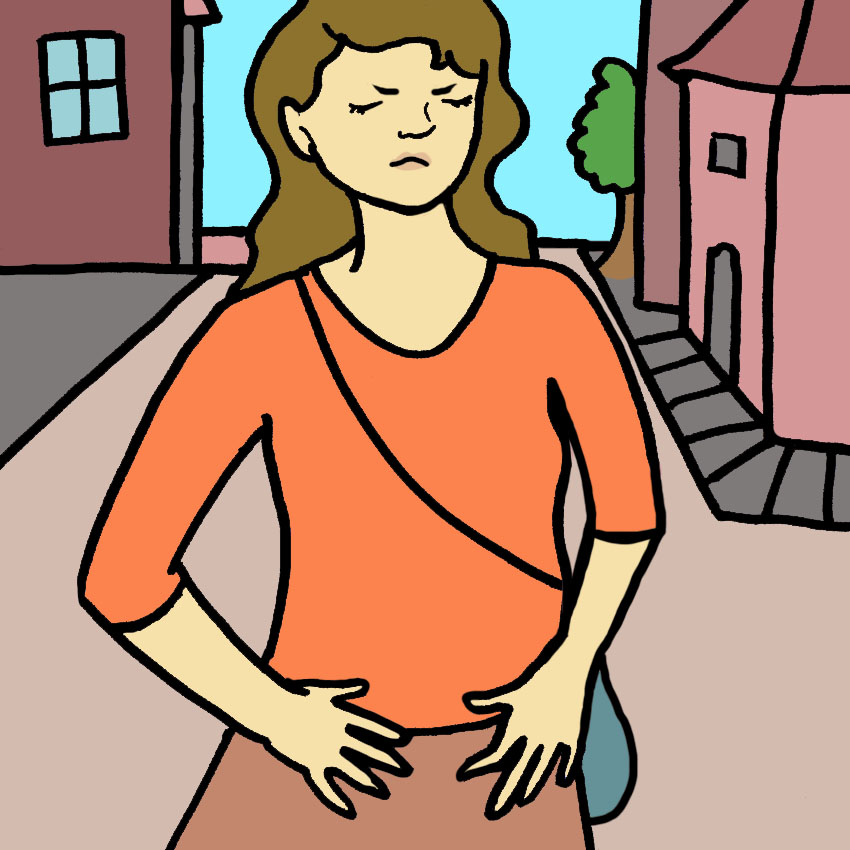
The first and most common symptoms of PID is one that all women are familiar with: throbbing low belly cramps.
These cramps might feel a lot like menstrual cramps. The difference is that they won't go away after your period ends.
Instead, you may feel near-constant pain, or intermittent pain that just keeps coming back.
In severe cases, the pain might be enough to keep you in bed, or even send you to the ER.
If you experience this pain along with shaking and shock-like symptoms, you should get emergency medical help right away.
Symptom #2: Greenish Yellow Discharge
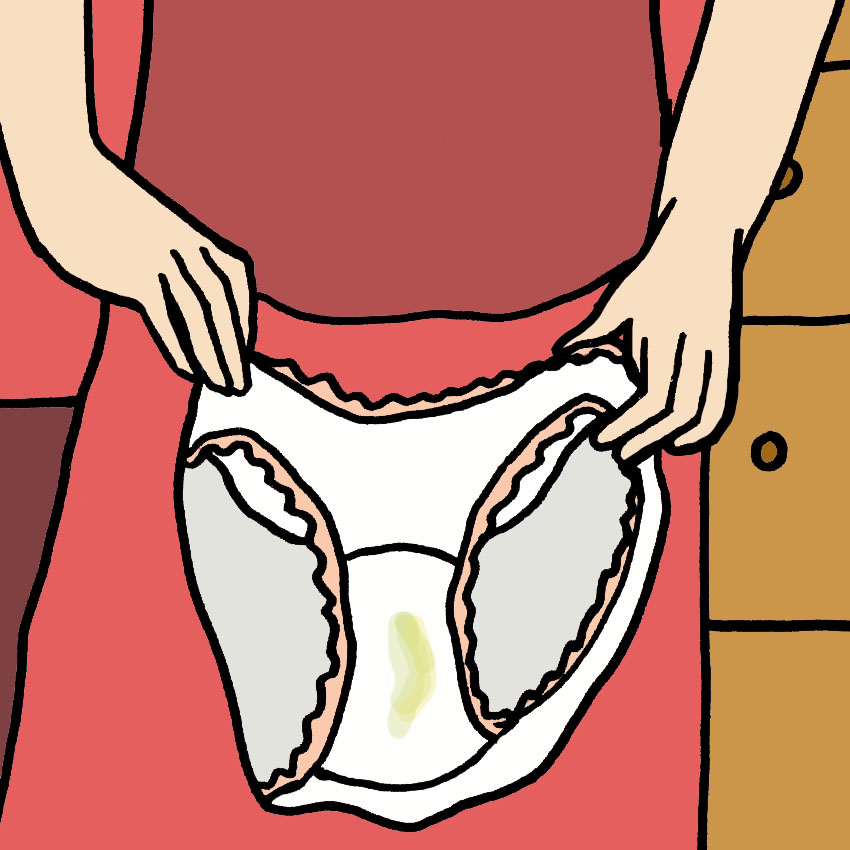
If you have an infection working its way through your body, you might find an unsightly yellowish discharge in your underwear.
That's a sign that your body is producing lots of extra white blood cells to try to fight off some bad germs and they are building up in your bodily fluids; it's similar to having lots of green mucus when you have a sinus infection.
While the discharge might be unpleasant, don't try to treat it by douching unless directed by your doctor.
Trying to 'clean' the discharge away might actually spread the infection.
Symptom #3: Painful Urination
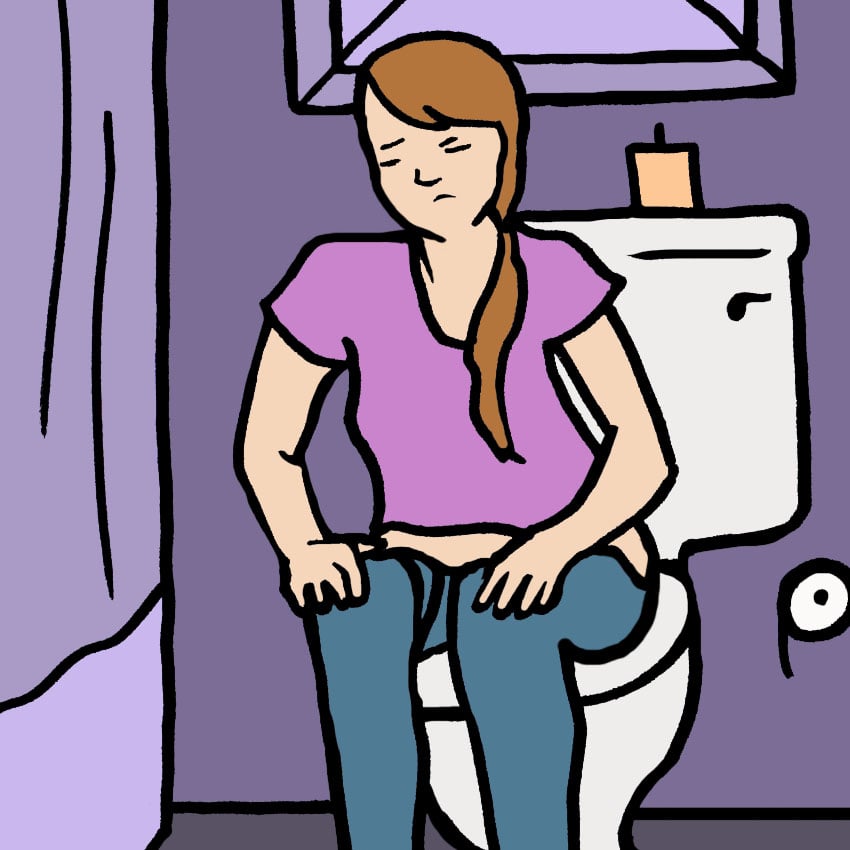
When you have PID, you get swelling and inflammation throughout your whole pelvic area, which puts pressure on all of the organs nearby.
In other words, PID won't necessarily spread to your bladder and kidneys, but it may still put pressure on them. That alone can make peeing really uncomfortable.
It's also worth noting that PID does often go hand-in-hand with UTI's and bladder infections, so you may need treatment for both illnesses.
Symptom #4: Chills And Shivers
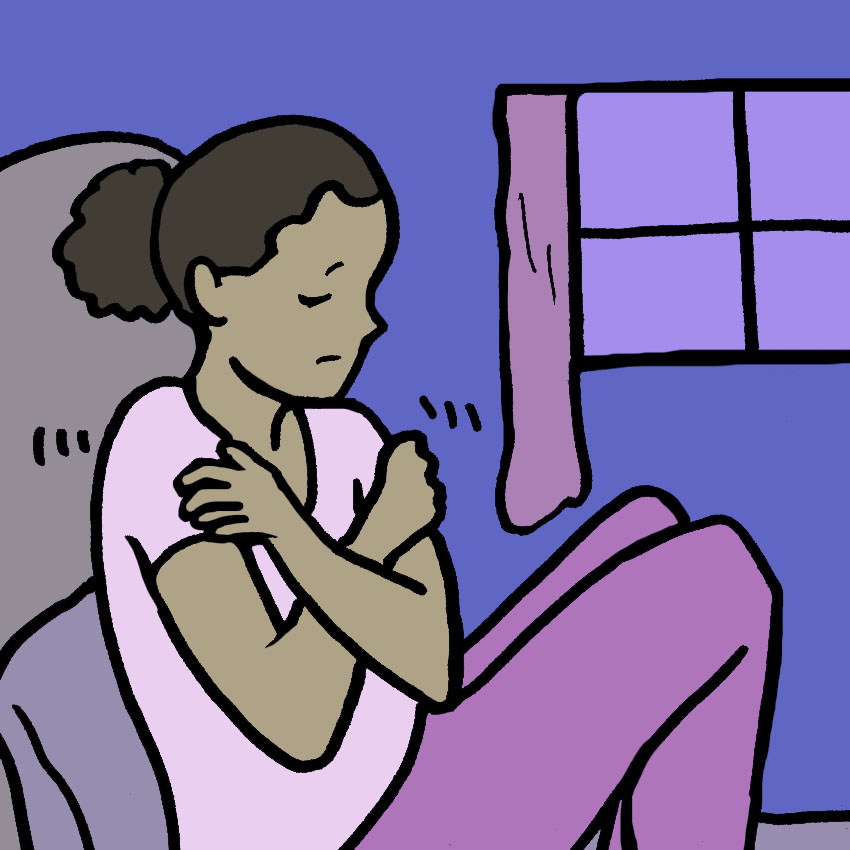
PID is an infection, which means that it can cause flu-like symptoms as it gets worse.
Early on in a case of PID, you may have no symptoms at all, but as the infection spread, so will your feeling of malaise.
Eventually, you may get chills and shivers, which can be a sign of both shock and impending fever.
If you're shivering for a long period of time and can't get warm, you maybe be going into shock, and you should seek immediate medical attention.
Symptom #5: High Fever
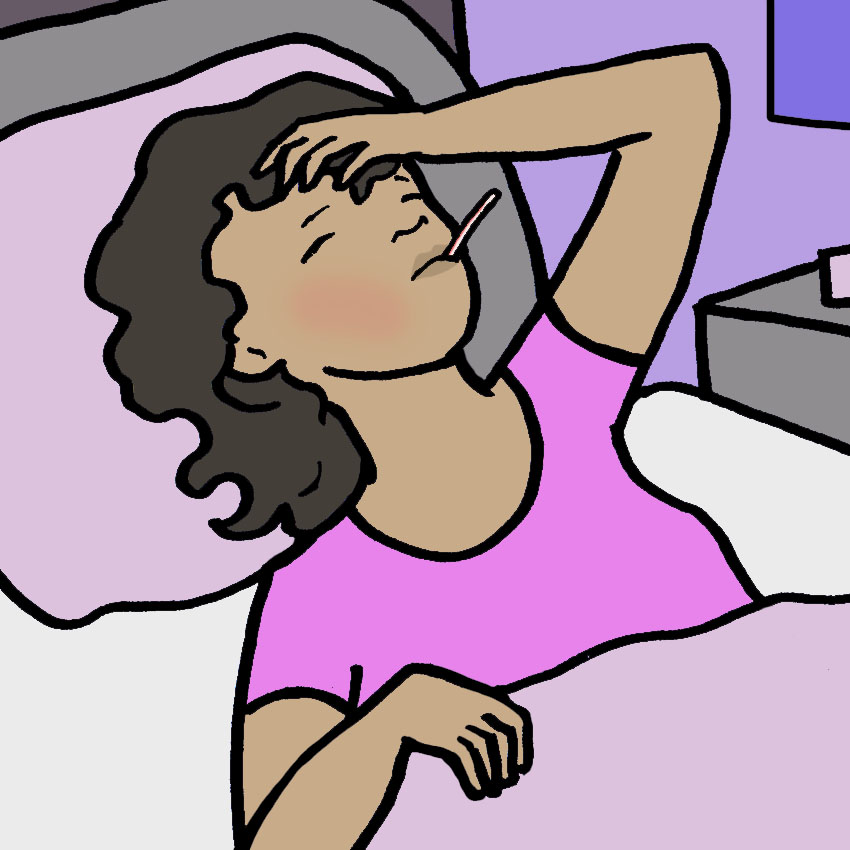
People with PID may get a low-grade fever, yet another symptom of a flu-like malaise.
If you have a fever and it's possible you have PID, you need to see a doctor and get a prescription for antibiotics.
In more severe cases, PID can cause a dangerously high fever. For an adult, any fever over 101 °F requires medical attention. A fever over 105 in an adult is a medical emergency.
If left untreated, PID can cause septic shock, and a high fever might be an indicator that the illness has progressed.
Symptom #6: Pain During Sex

Pain during sex can be triggered by a lot of different medical conditions, but you should be especially careful if there's a chance you have PID.
Since PID is sometimes caused by an STI, you should refrain from having sex until you have been cleared by your doctor.
Sex might cause cramps and painful bellyache by irritating the already-inflamed pelvic area. It might also spread the infection to other parts of your reproductive tract.
If you have sex while you have PID, your partner may also need treatment to avoid reinfecting you.
Symptom #7: Nausea And Vomiting
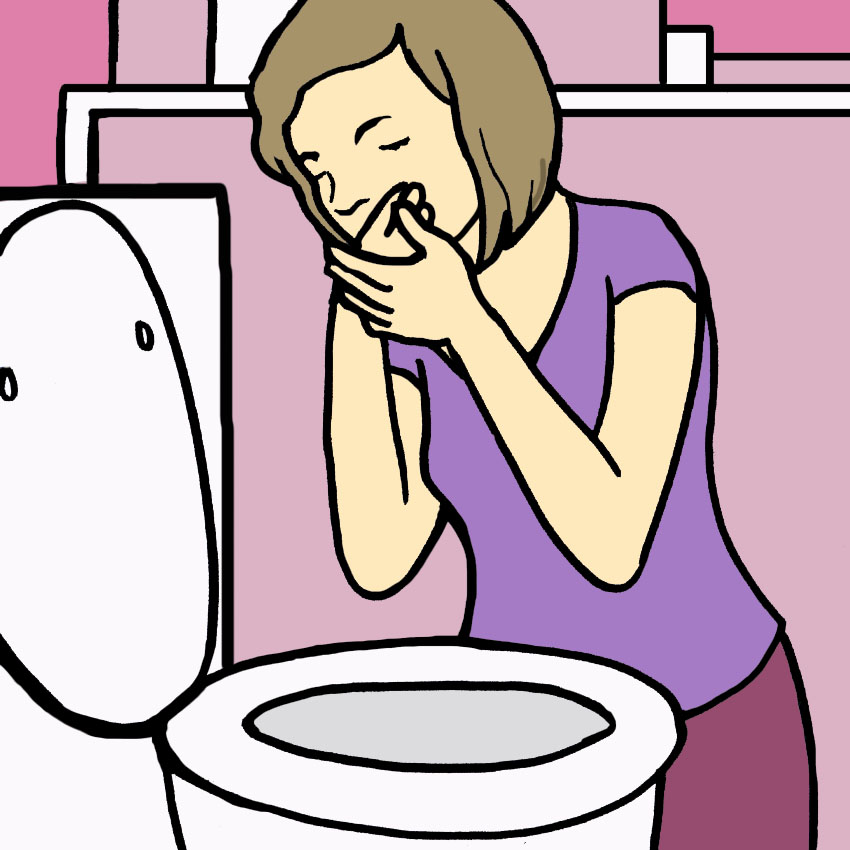
If you have inflammation and belly pain from PID, it's likely that the discomfort will spread up your abdomen.
Usually, nausea and vomiting with PID are simply triggered by the abdominal cramps, and are not a sign of a more extensive infection.
However, if nausea and vomiting are accompanied by fevers or swooning, get emergency medical attention.
No matter what your symptoms are, if there's any chance you have PID, you need to contact your doctor right away.
It's so easy to brush off pelvic inflammatory disease symptoms, and end up living with the long-term effects for the rest of your life.
Please be sure to SHARE and spread the word about this common illness!



